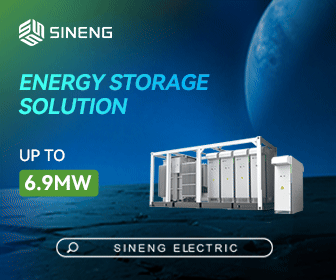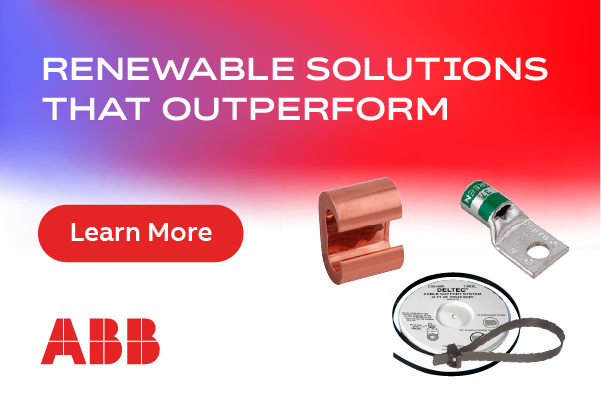Four Trends in Energy Storage Systems Hardware Manufacturing
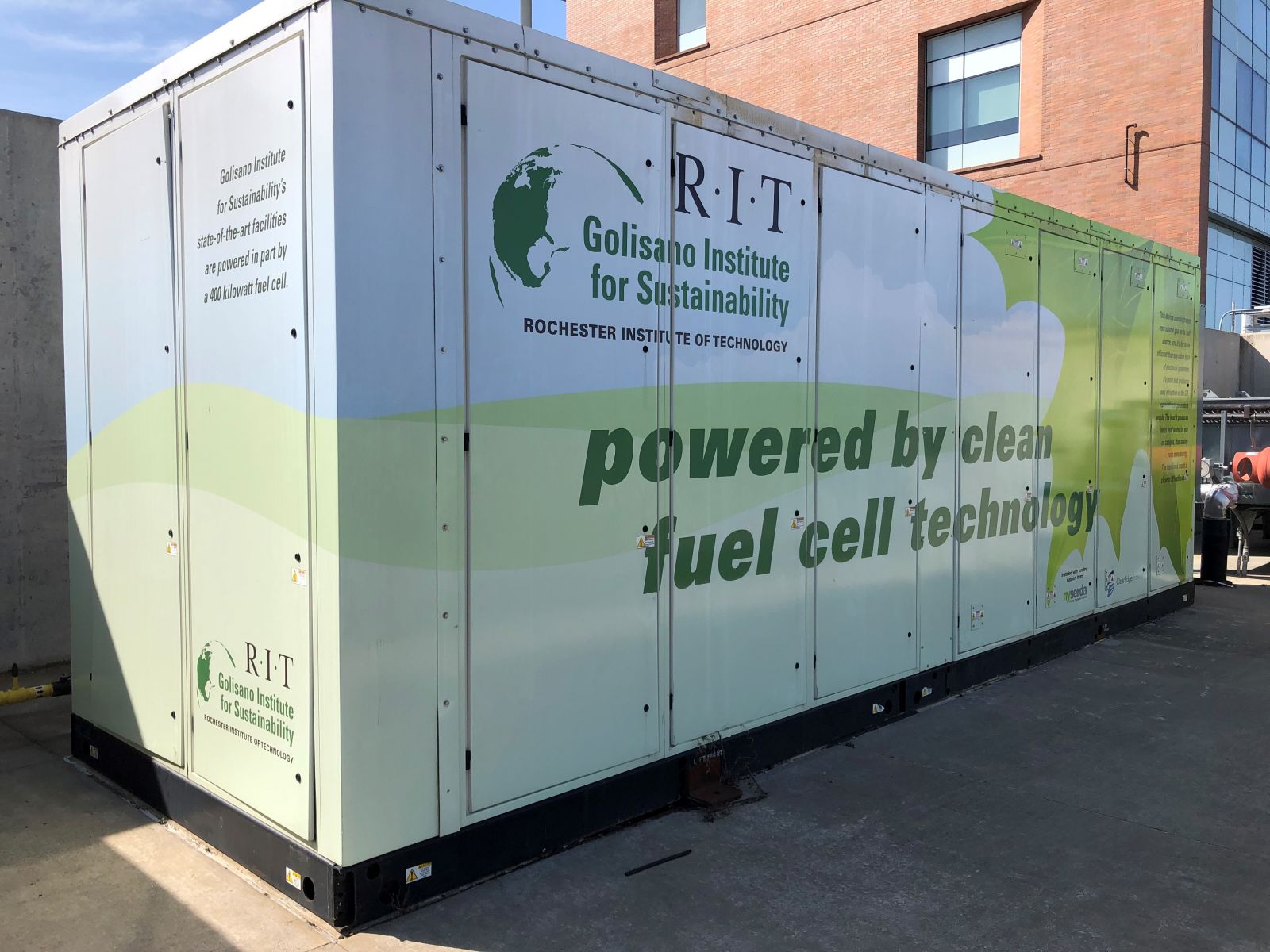 Energy Storage Systems (ESS) are one of the hottest sectors in renewable energy today. Established manufacturers with growing popularity in the renewable industry, along with upcoming unknown innovators, are racing to create the latest ESS hardware and software technologies. These new systems will account for spikes in energy demand as well as long-duration power generation for the times when wind and solar are not actively producing. Lately, many articles have been written about the latest energy storage flywheels, Compressed Air Energy Storage (CAES), and battery systems, but - for better or for worse - there are certain renewable energy manufacturing trends that OEMs and customers alike are noticing. From material pricing to supply chain, these developments are happening in real-time.
Energy Storage Systems (ESS) are one of the hottest sectors in renewable energy today. Established manufacturers with growing popularity in the renewable industry, along with upcoming unknown innovators, are racing to create the latest ESS hardware and software technologies. These new systems will account for spikes in energy demand as well as long-duration power generation for the times when wind and solar are not actively producing. Lately, many articles have been written about the latest energy storage flywheels, Compressed Air Energy Storage (CAES), and battery systems, but - for better or for worse - there are certain renewable energy manufacturing trends that OEMs and customers alike are noticing. From material pricing to supply chain, these developments are happening in real-time.
Trend 1: Material Prices are on the rise
Manufacturing, construction, and just about all other commodity prices are increasing. Iron and steel, for instance, have had a Producer Pricing Index (PPI) increase of 73.2 percent from June 2020 to June 2021. Non-ferrous metals, like aluminum, have had significant increases of roughly 36 percent in the same time period. Original Equipment Manufacturers that produce equipment with a high metal content are feeling these prices in their equipment builds. Many industrial quality machines have a metal content of 15-30 percent of their overall costs. Common renewable energy equipment products are comprised of frames, skins, brackets, adapters, and enclosures made from ferrous and non-ferrous metals.
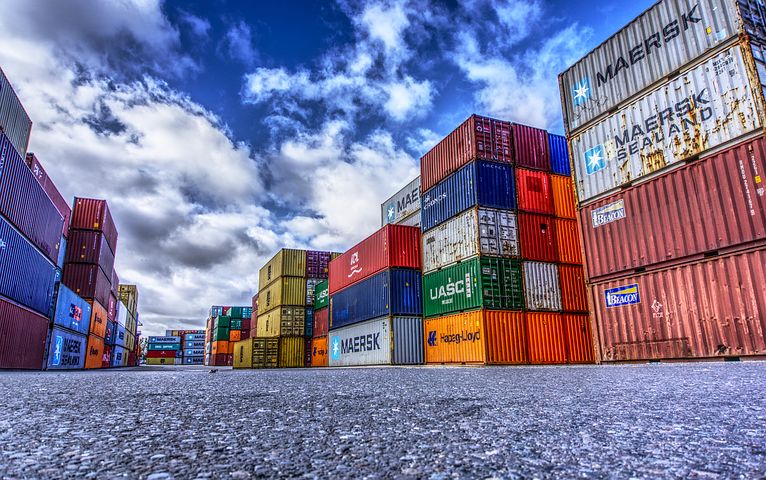
Trend 2: Shipping Containers are in short supply
Sea containers, also known as shipping containers or intermodal containers, have recently been a top choice for Energy Storage and Power Generation systems. Historically, they have been easy to find, readily available, and inexpensive. Manufacturers can configure their systems within these standardized size containers dimensions, thereby avoiding the high cost of custom metal enclosures. A standard shipping container versus a custom metal enclosure of the same dimension can save the manufacture as much as seventy percent. However, due to short supply and high demand, OEMs may have to seek different enclosure methods in the short term.
Trend 3: Innovators are struggling to commercialize
While product teams and technology innovators are developing new technologies at light speed, these ambitious entrepreneurs are also finding themselves having to bootstrap funding for the next product lifecycle stage. The ultimate goal is production volumes of dozens, hundreds, or more. Unfortunately, most innovators don't have the time or resources to truly commercialize a sellable ESS; they recognize that trying to build their own manufacturing systems is not feasible. If they aren't careful, it will be too late to start looking for commercialization options. Furthermore, they don't know how or where to look. Incubators and accelerators are great places to seek help, but when it comes down to real commercialization, these innovators must find a manufacturing partner that can navigate from the prototype stage through the production stage. Years ago, there was an abundance of manufacturing resources in the United States. Today, partners that can understand Bills of Materials, create Manufacturing documentation, industrialize the hardware, and execute the manufacturing are few and far between.
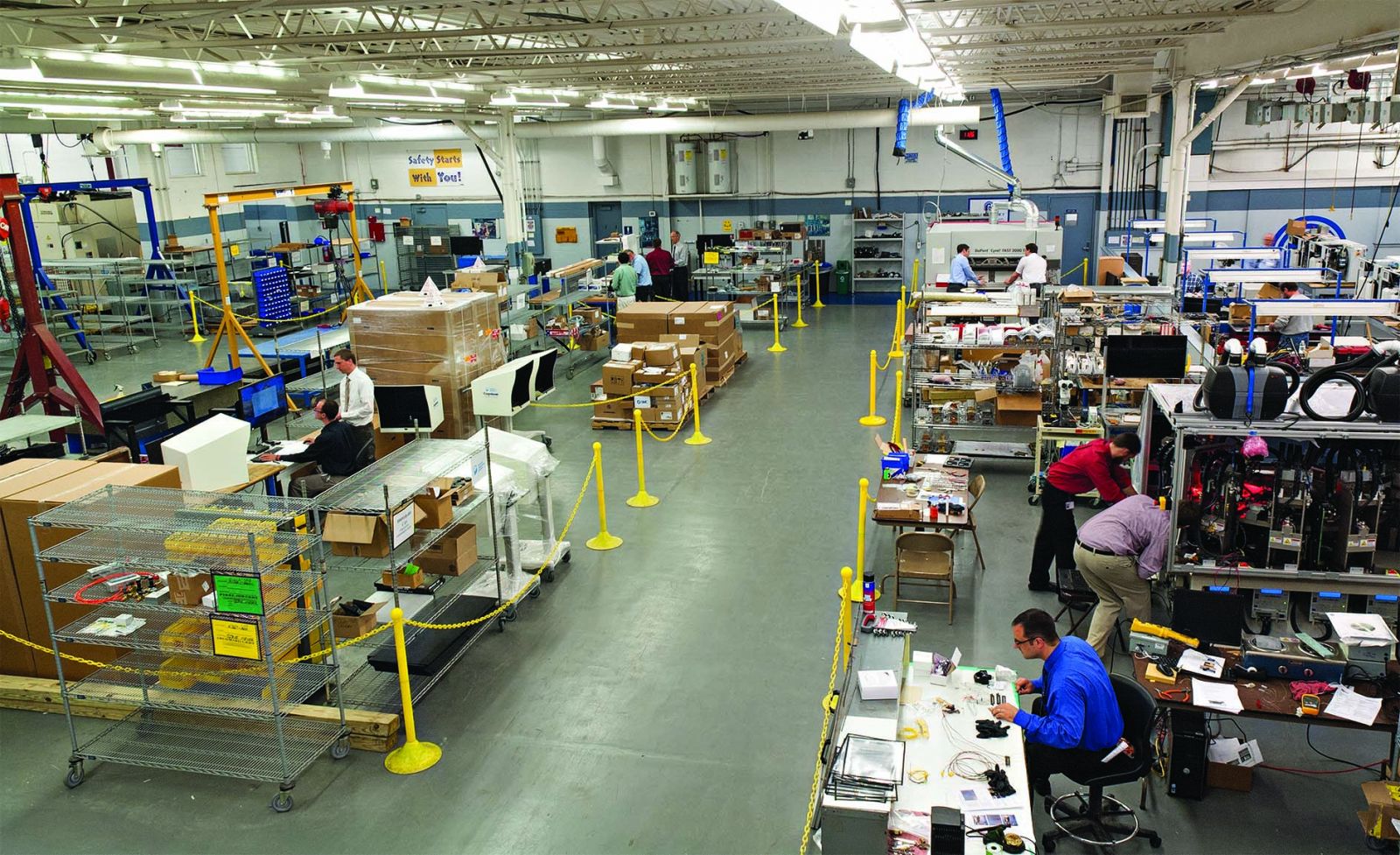
Trend 4: Supply Chains are under pressure
Across all industries, supply chains are experiencing previously unseen pressure. COTS items are experiencing lead times threefold from normal. The electronics industry is scrambling to produce basic items. Even stocked items are experiencing longer lead times simply due to a lack of employees to put the product into boxes. Steel production in 2020 was down 18 percent from 2019. All of these issues and more are affecting Energy Storage System manufacturing because of the nature of the systems. In the short term, most experts say there is no solution but to wait out the shortages until suppliers can reorient. ESS manufacturers are racing to keep up with the high demands of 2021; with strained supply chains, it may not be so easy to make it to 2022.
Energy Storage System technology is evolving every day. This budding technology will face growing pains like its predecessors, but it is clear that sunny days are to come. Today's trends highlight the difficulties manufacturers are facing behind the scenes. The good news is that demand is rising in this sector, and those who learn to face these challenges and overcome them will be poised for a very dynamic future.
 Scott Baxter is Marketing & Business Development Manager and has spent over 12 years as the lead content writer at PEKO Precision Products, Inc. His passion for manufacturing shines through his work and business relationships. He truly enjoys giving tours of the PEKO facility to professionals within renewable energy and other sectors, as well as finding solutions for customers to help their businesses grow. At home, he loves making sure his three kids play outside, and at work he loves giving advice that helps machinery and equipment project stakeholders bring their products to market.
Scott Baxter is Marketing & Business Development Manager and has spent over 12 years as the lead content writer at PEKO Precision Products, Inc. His passion for manufacturing shines through his work and business relationships. He truly enjoys giving tours of the PEKO facility to professionals within renewable energy and other sectors, as well as finding solutions for customers to help their businesses grow. At home, he loves making sure his three kids play outside, and at work he loves giving advice that helps machinery and equipment project stakeholders bring their products to market.
PEKO Precision Products, Inc. | www.pekoprecision.com
Author: Scott Baxter
Volume: 2021 November/December








